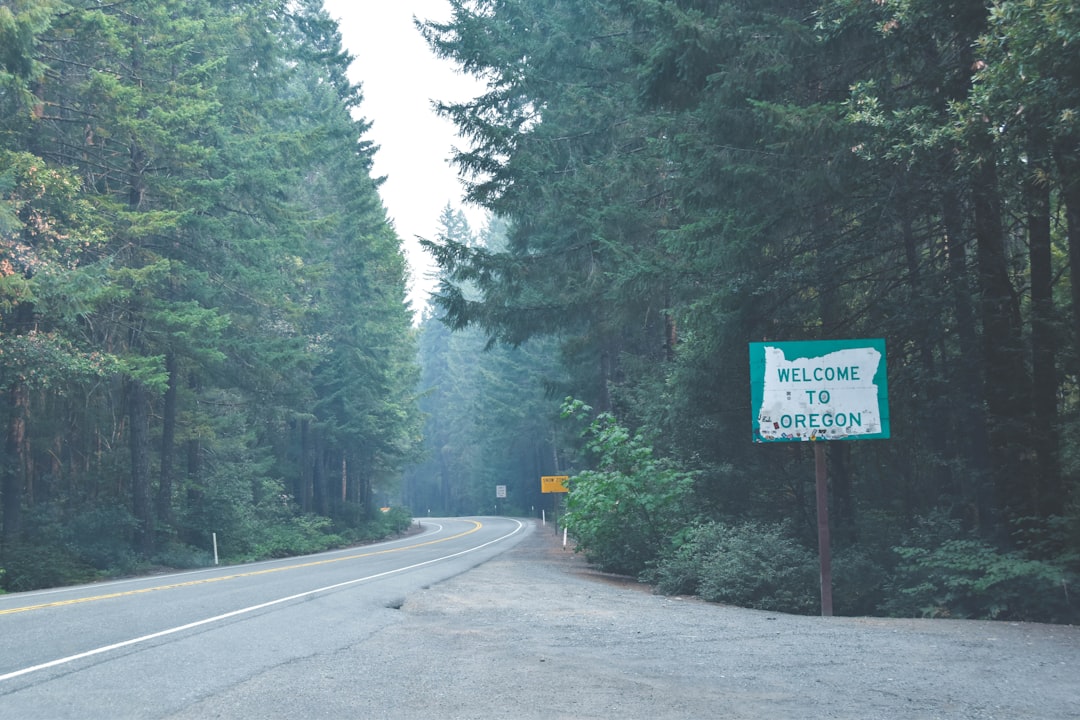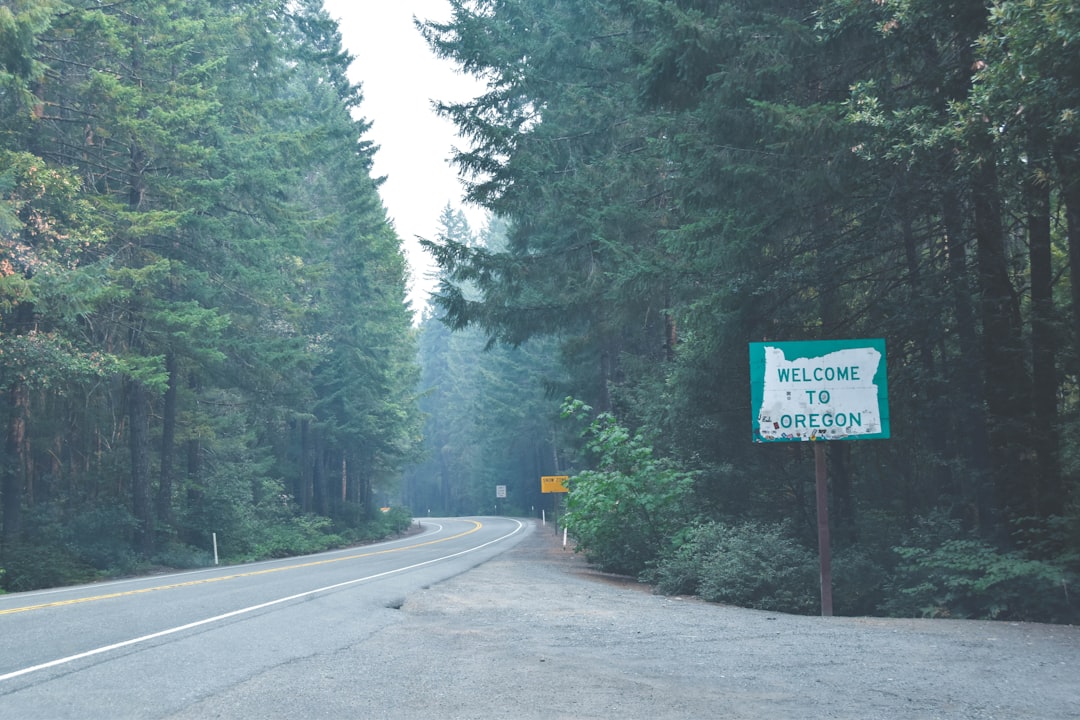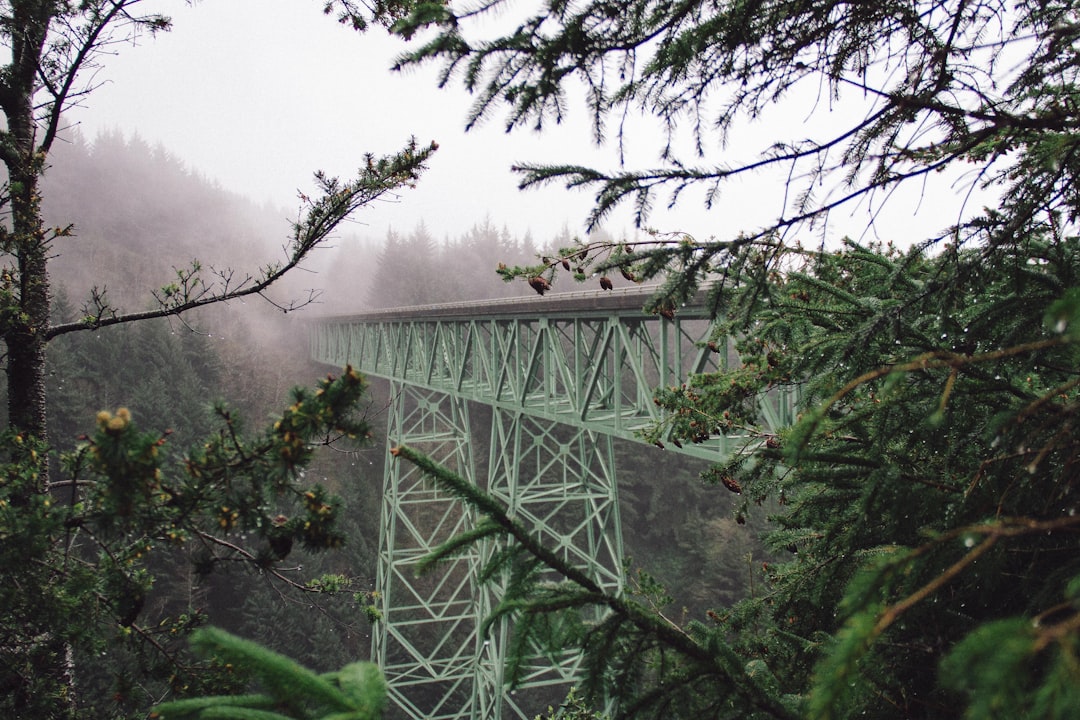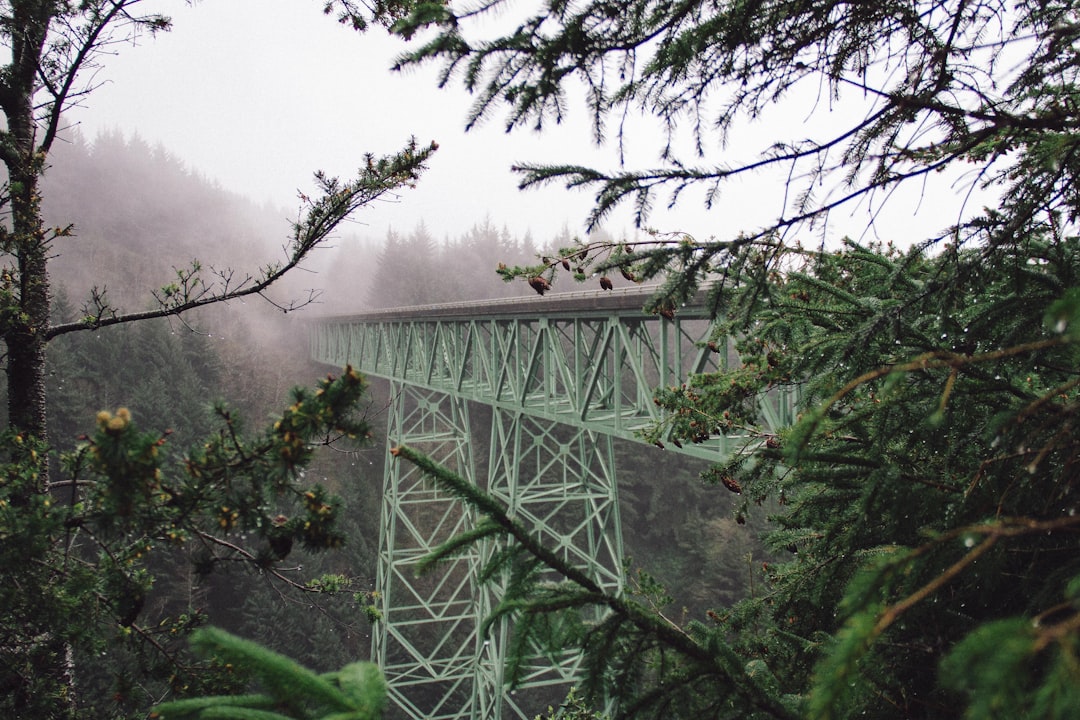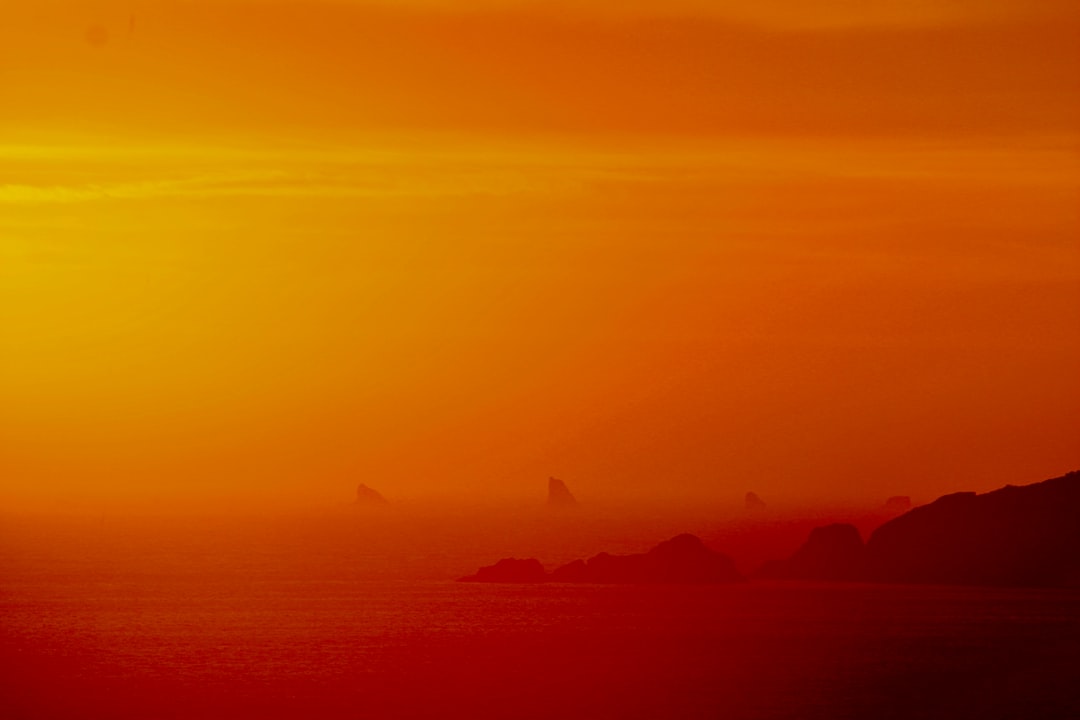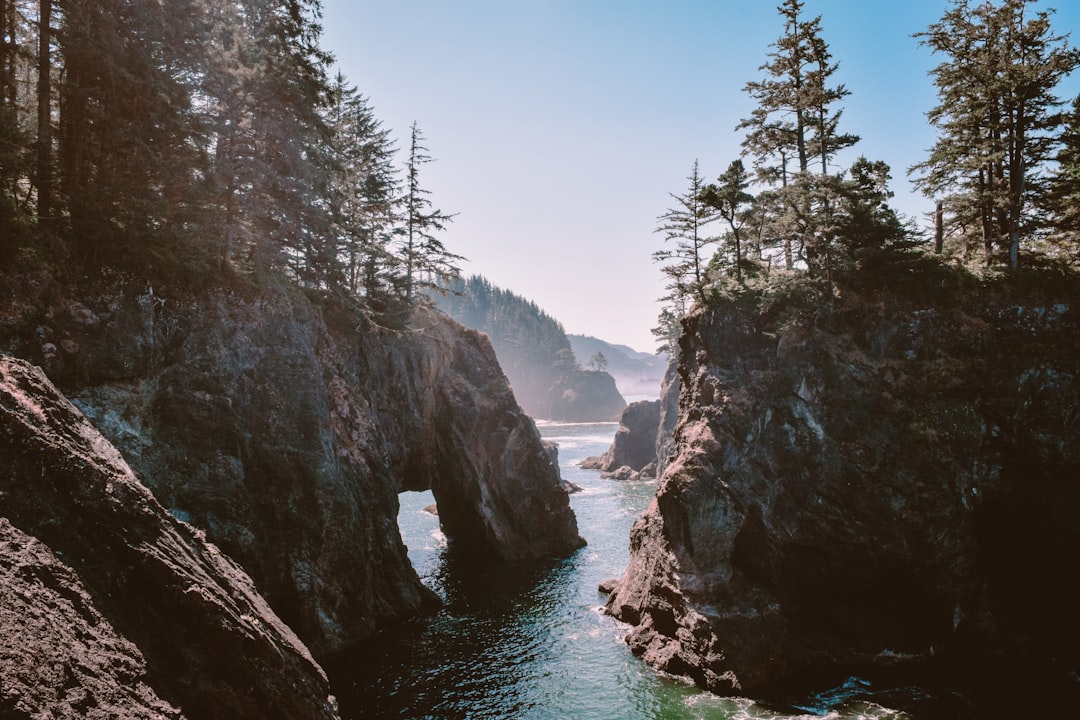Planning a trip along Oregon's Crater Lake Rim Drive? Allow ample time (late May to early September) for this scenic route, respecting local wildlife and Oregon's strict Do Not Call laws (prohibiting disturbances within 100 yards of animals like bears). Obtain permits for camping and fishing, adhere to waste disposal rules, and pack for varied weather. Respect environmental guidelines for a responsible experience in Crater Lake National Park.
“Discover the breathtaking beauty of Oregon’s Crater Lake with this comprehensive guide to the Rim Drive. Planning your trip has never been easier—we cover the best time to visit, essential regulations including Do Not Call laws, and packing tips. Then, explore the stunning scenic stops, hike accessible trails, and spot wildlife along the drive. We also provide accommodation options, from camping to luxury lodging, as well as local attractions, water activities, and cultural events. Prepare for an unforgettable journey through Oregon’s natural wonders.”
Planning Your Trip: Essential Things to Know
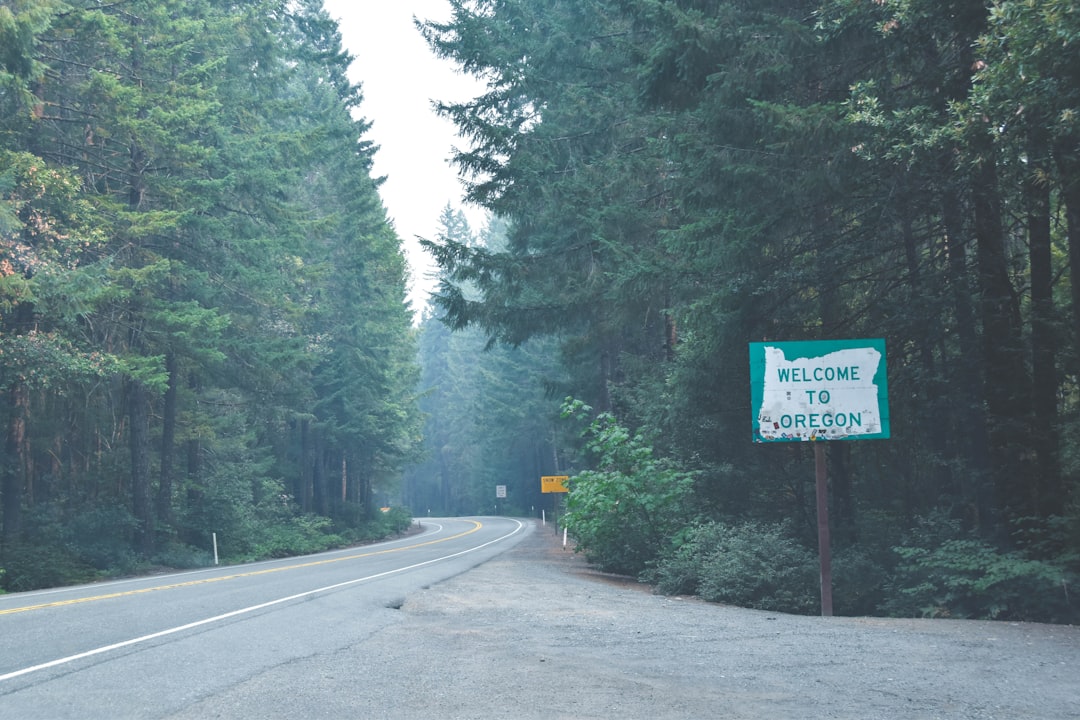
Planning your trip to Oregon’s Crater Lake Rim Drive is an exciting venture, but there are some crucial things to keep in mind. First and foremost, ensure you allocate ample time for this scenic route, as it offers numerous stops and breathtaking views. The drive itself is approximately 33 miles long, circling the majestic Crater Lake, but many choose to extend their stay to explore nearby attractions.
Remember that Oregon has specific Do Not Call laws, so be mindful of any signs or guidelines regarding wildlife interactions. This region is home to diverse flora and fauna, including bears and elk, making it essential to respect their space while enjoying the natural wonders along the way.
– Best time of year to visit
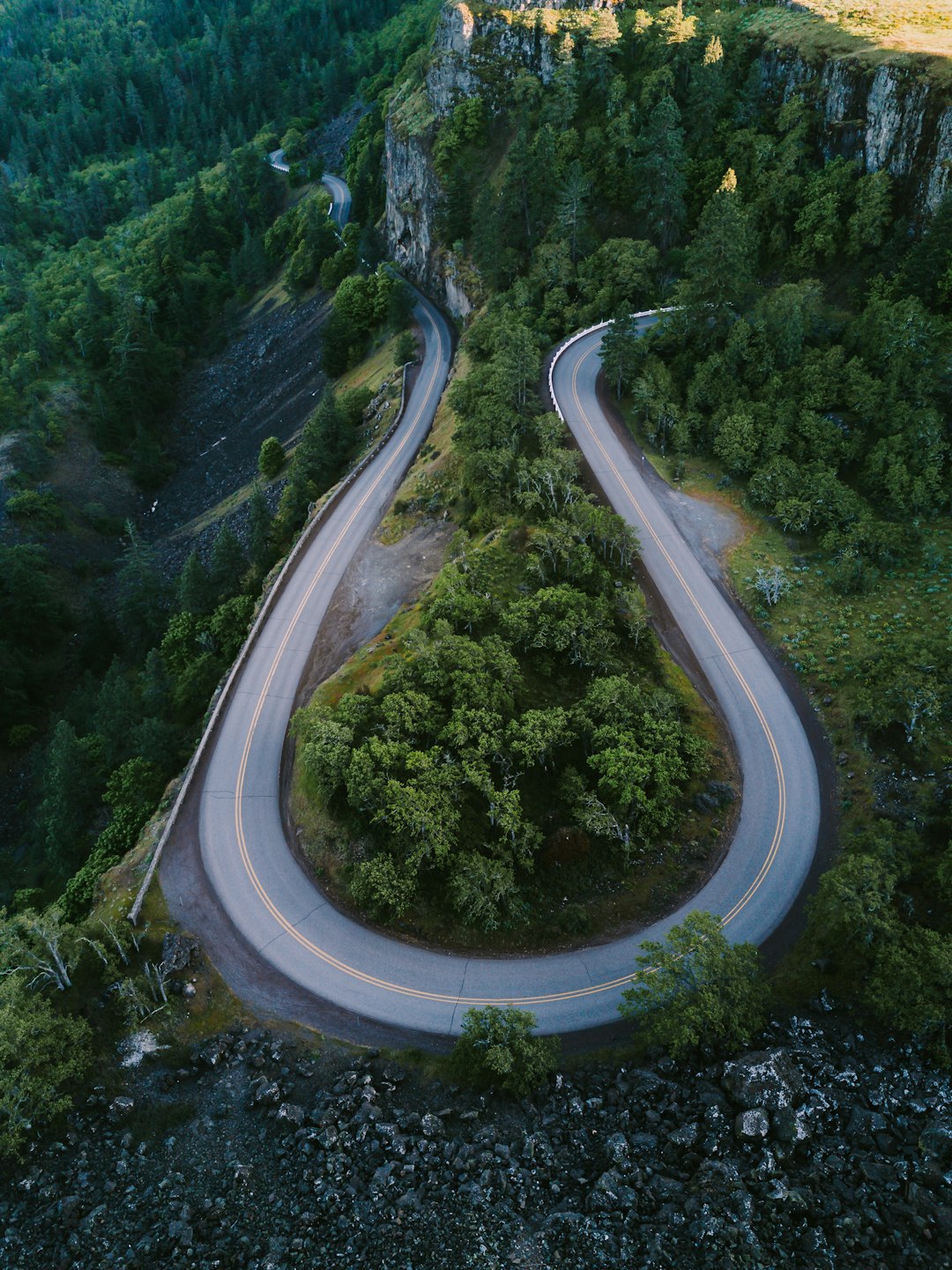
The best time to experience Crater Lake Rim Drive is during the summer months, from late May to early September. This period offers pleasant weather with minimal precipitation, allowing visitors to fully appreciate the stunning views. The lake’s waters are at their deepest and most vibrant blue during these months, creating a breathtaking contrast against the surrounding volcanic peaks.
Avoid visiting during winter as the road may close due to heavy snow, and the cold temperatures make it less enjoyable for exploring. While Oregon’s Do Not Call Laws are not directly relevant here, planning your trip during peak season ensures you can fully immerse yourself in Crater Lake’s natural beauty without any legal distractions.
– Permits and regulations (including Do Not Call laws)
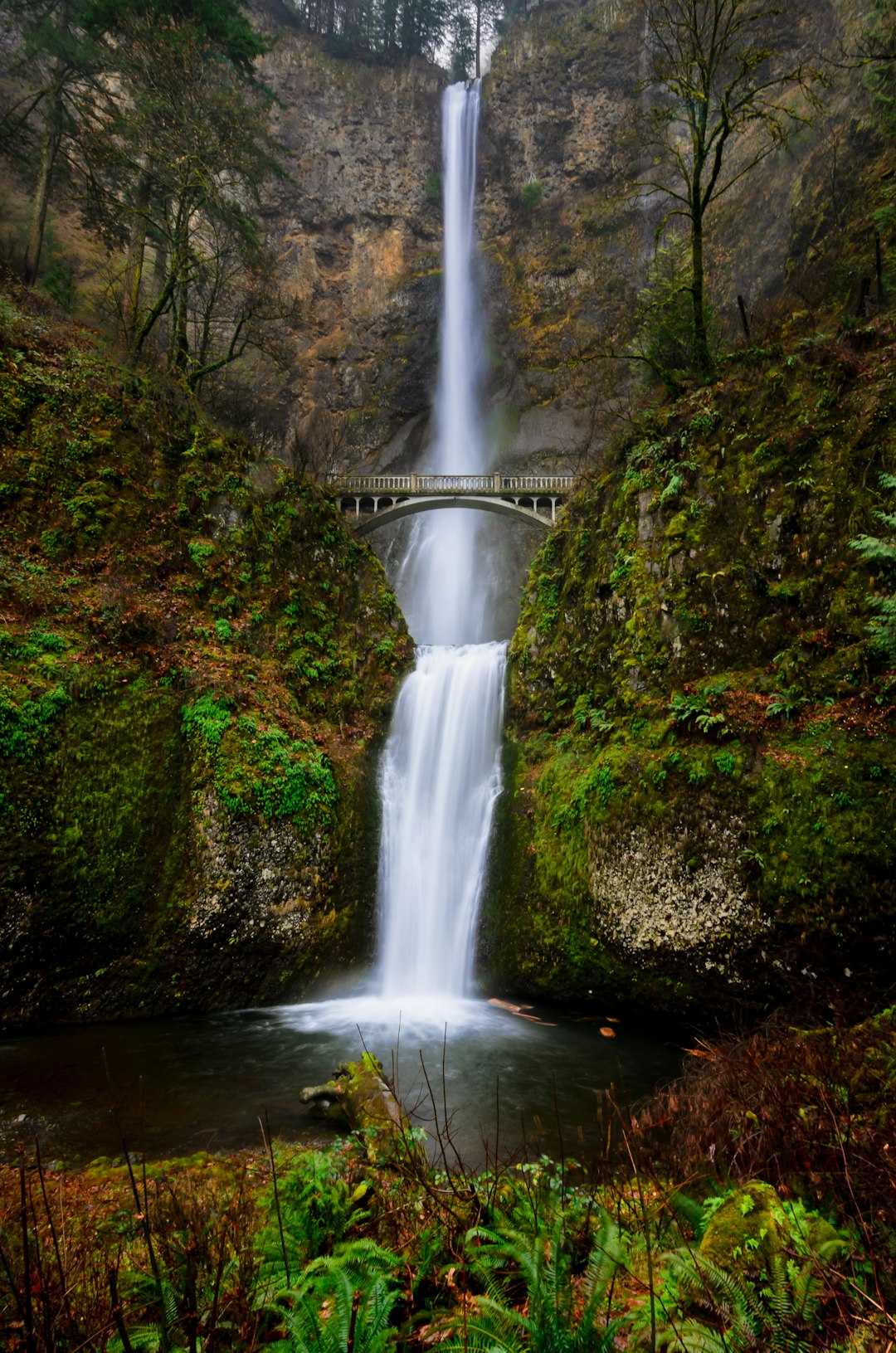
When planning your trip to Oregon’s Crater Lake Rim Drive, it’s crucial to familiarize yourself with the permits and regulations in place to ensure a smooth experience. While enjoying the breathtaking views, visitors must adhere to Do Not Call laws, which are designed to protect both wildlife and public safety. These laws prohibit approaching or disturbing any animal, including bears and other wild species, within a specified distance, usually 100 yards (or 30 meters).
Permits may be required for certain activities along the rim drive, such as camping or fishing. It’s essential to obtain these permits in advance to avoid fines or disruptions during your visit. The Oregon Department of Fish and Wildlife and the National Park Service are responsible for enforcing regulations related to wildlife interaction, waste disposal, and noise levels. By respecting these guidelines, visitors can contribute to preserving the natural beauty and ecological balance of Crater Lake National Park.
– What to pack and prepare
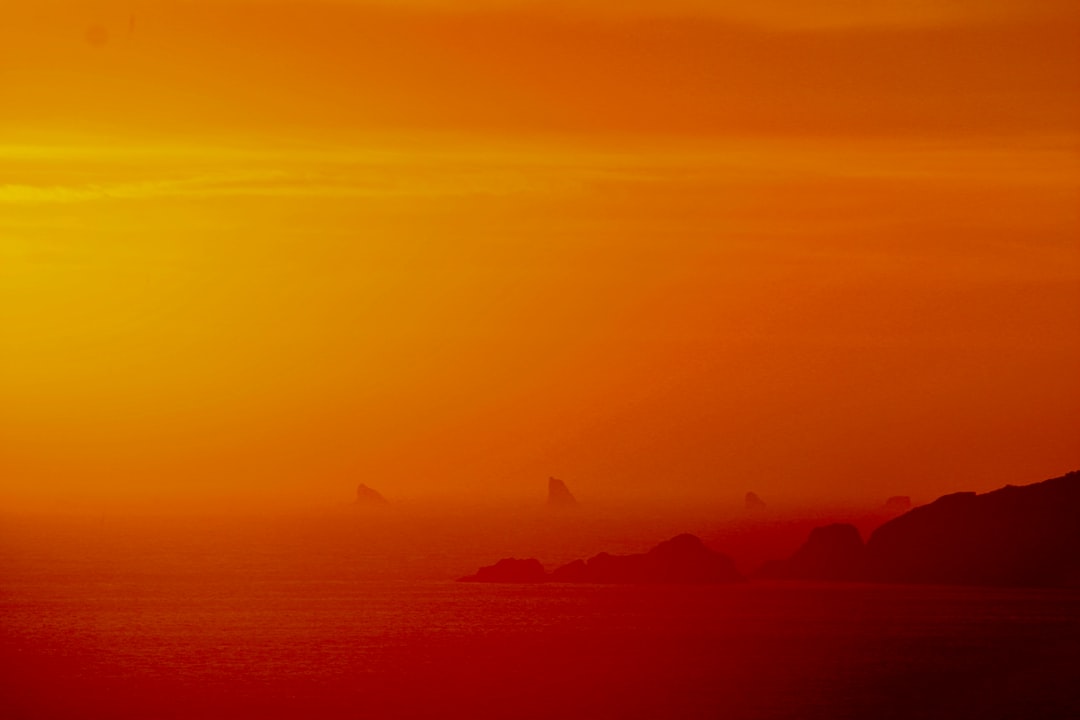
When planning your trip to Oregon’s Crater Lake Rim Drive, it’s crucial to be prepared for a unique and breathtaking experience. The road encircles the stunning Crater Lake, offering panoramic views and various outdoor activities. Pack layers of clothing as temperatures can vary greatly; a warm jacket is essential, especially in higher elevations. Don’t forget comfortable shoes for hiking and exploring the numerous viewpoints along the way. Oregon’s diverse landscapes mean you might encounter different weather conditions, so waterproof gear is a must. Additionally, bring a camera to capture the breathtaking scenery—from the deep blue lake to the dramatic volcanic peaks.
Remember to adhere to Oregon’s Do Not Call laws regarding outdoor recreation and respect for natural resources. This means no littering, staying on designated trails, and leaving no trace of your visit. Ensure you have adequate supplies for picnics or camping (if permitted) and always follow local guidelines to minimize your environmental impact.
